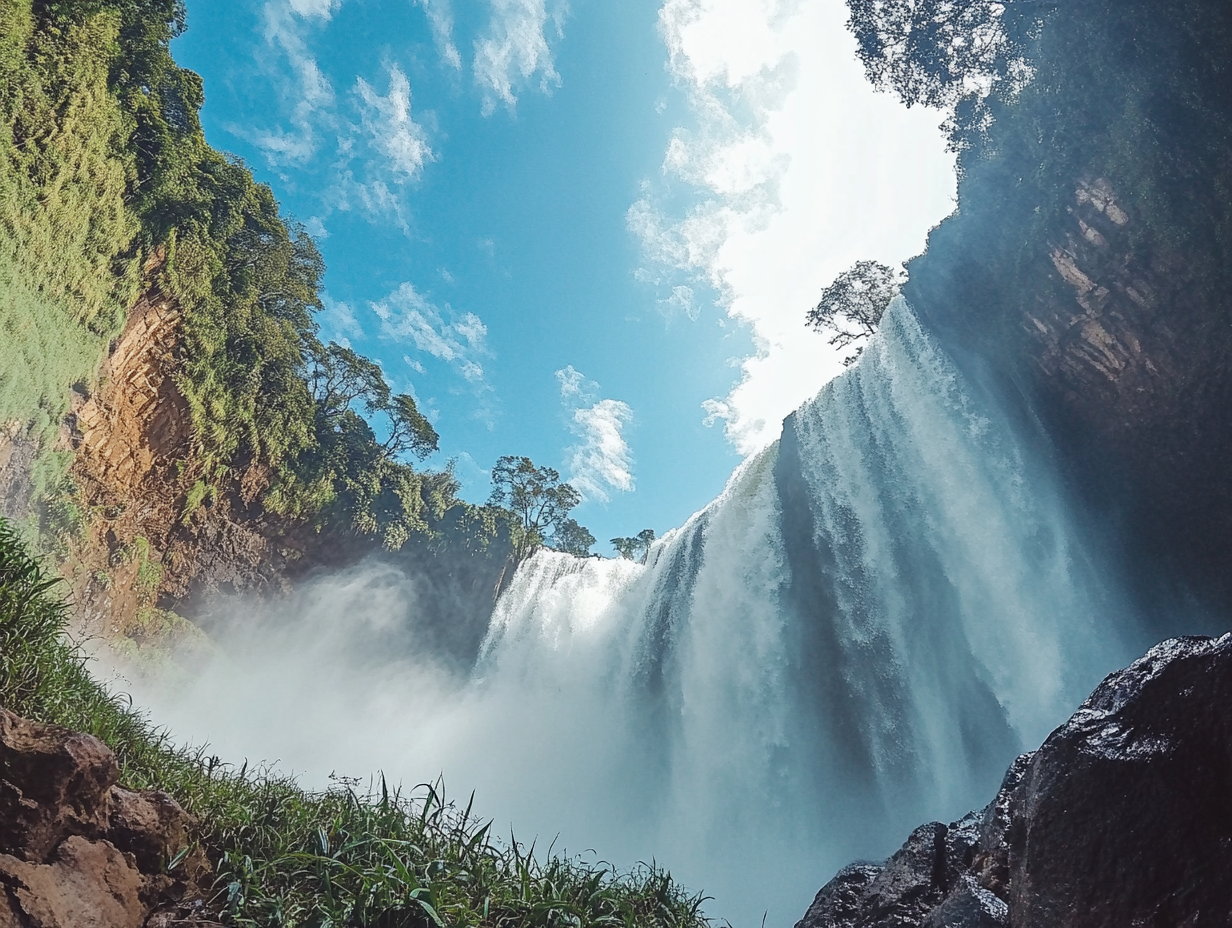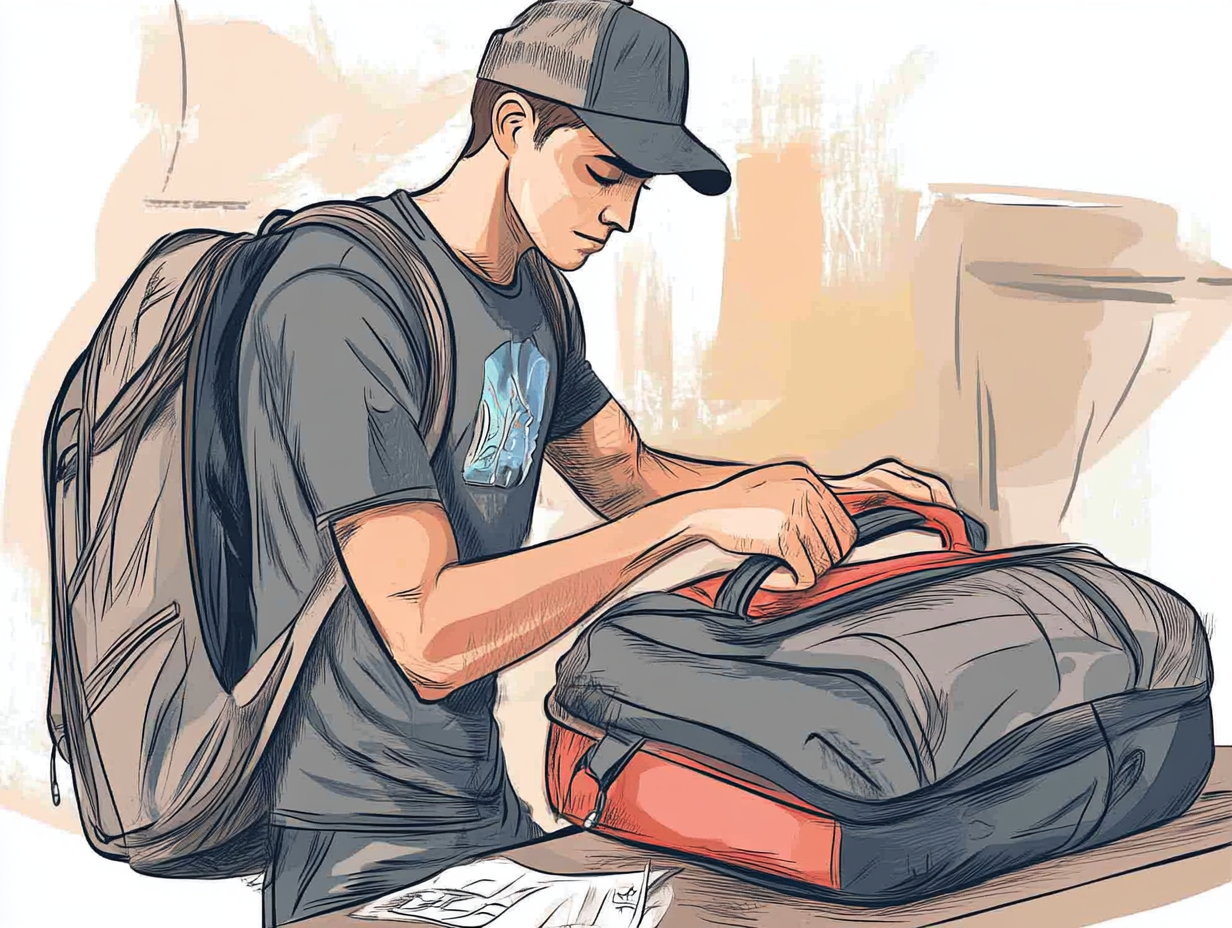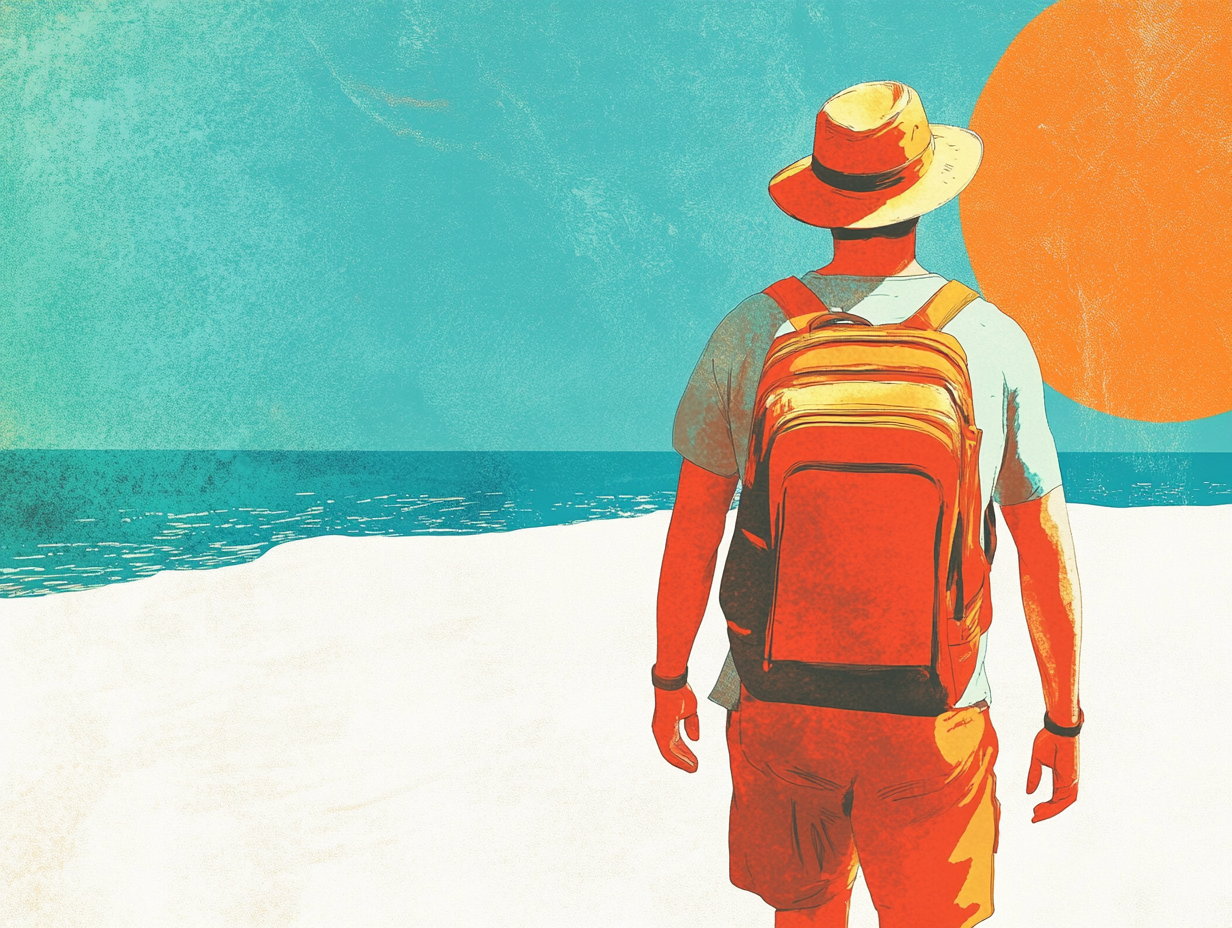Whether you write a list of 50 unmissable South American destinations, or cap it at 10, it’s clear there’s something for every kind of traveller across the continent.
Budget comes into play, as does time, but if you’ve started planning and dreaming, you’d do well with starting your adventures with one of the following bucket list destinations.
Machu Picchu
Nestled high in the Andes, this 15th century Incan citadel offers mysterious ruins, stunning views and an opportunity to connect to a lost civilisation.
Located 80 kilometres from Cusco, the journey itself to this UNESCO World Heritage site – whether it’s by train, bus or some solid hiking – is a once-in-a-lifetime experience.
Hiking the celebrated Inca Trail? Expect a guided four-to-five day hike from the Sacred Valley surrounding Cusco.
Galapagos Islands
Love wildlife? It’s hard to go past an opportunity to explore the 19 islands which make up the Galapagos Islands (not to mention the marine reserve which surrounds them).
Located some 1000 kilometres off the coast of Ecuador and considered a melting pot of marine species, this is the place to swim, snorkel, cruise and hike your way through colonies of species you’re unable to find anywhere else in the world.
See the island iguana, the giant tortoise, the blue-footed booby and much more as you marvel about the beauty of Mother Nature.
Uyuni Salt Flat, Bolivia
Welcome to the world’s largest salt flat, a glistening white expanse spanning over 10,000 square kilometres, which transforms into a giant mirror reflecting the sky any time it rains.
Visit between December and April (the wet season) and you’re likely to see a population of vibrant flamingos making the most of the area, which also includes lagoons and volcanos.
The perfect destination for both photographers and adventurers.
Iguazu Falls
Why travel to visit one waterfall when you can see hundreds all at once?
Located on the border between Argentina and Brazil, Iguazu Falls comprises 275 individual waterfalls across two kilometres of lush rainforest, making it one of the largest (and certainly the most eye-catching) waterfall systems in the world.
While the Brazilian side is home to the most powerful falls, Argentina have the majority.
What to do? You can tackle one of the many walking trails, sign up for a local boat tour, or commit to a multi-day guided tour which takes in all the highlights.
The Amazon
Spanning nine countries and producing 20 per cent of the world’s oxygen, it’s difficult to miss the Amazon but you’re going to have to make some decisions.
Which country to visit from? To enjoy a cruise along the Amazon river, the second-longest river in the world, stay in a jungle lodge or explore the vibrant ecosystem of the rainforest by other means?
A few great options are to go via Manaus, Brazil (most of the rainforest is within Brazil), visit the Peruvian Amazon from Manu National Park, Tambopata Province, or the city of Iquitos, and for those visiting Ecuadorian Amazon, take a (lengthy) bus journey from Quito into Tena City where you can then get private transportation. It goes without saying that joining an organised tour is usually the easiest way to see the Amazon.
Pantanal, Brazil
If you’re already thinking about the Amazon (and heading to Brazil accordingly), you’d be crazy to miss tacking on a side adventure to the country’s Panatal wetland.
It’s considered one of the most biodiverse destinations on the planet and the world’s largest inland wetland area.
Out here in these wide open spaces, animals are easier to spot and while most are hoping to see the elusive jaguar, any multi-day trip is likely to include more than a few otters, capybaras, caimans and a wealth of exotic bird species.
On the activity list? Put piranha fishing, night safari, horse riding and cruising right at the top.
Easter Island, Chile
Keen to truly get away from it all? It’s tough to beat a remote island in the middle of the South Pacific which is populated by some 900 monumental statues of human figures – or moai – with oversized heads.
Easter Island (aka Rapa Nui) might be famous for said statues but visitors who make the five-hour flight from Santiago can also explore volcanic craters, swim in pristine beaches and scuba dive with the underwater moai.
You’ll only need three to four days to experience all the main attractions the island has to offer, with most adding Easter Island as an extension of a trip to Chile.
Rainbow Mountain, Peru
Known locally as Vinicunca, Rainbow Mountain – located right by Cusco in the Andes – is an astonishing (and now, Insta-famous) geographic landmark celebrated for its colourful strips.
Although many of the images you’re likely to see online are vibrant in a way that only only a solid filter can add, you’ll still see the mountain’s distinct stripes in a variety of reds, purples, yellows and greens – the result of many layers of different minerals.
You can lock in a day trip from Cusco (handy if you’re on your way to Machu Picchu) and attempt the Rainbow Mountain Trail. It’s only about three hours, but not only is it challenging, you’ll have to have acclimatised to Cusco first.
Torres del Paine, Chile
Take a snow-capped landscape dotted with towering granite peaks, gargantuan glaciers and turquoise lakes, and you have one of the best destinations for nature lovers and adventure seekers.
Some come to this national park, often called the eighth wonder of the world, to go puma spotting and others are all about tackling the park’s famous hiking trails, such as the W and O circuits which wind their way through landscapes as diverse as alpine meadows to ice-gripped fjords.
Don’t miss getting up for sunrise when the peaks glow red and purple – the perfect way to start the day.



